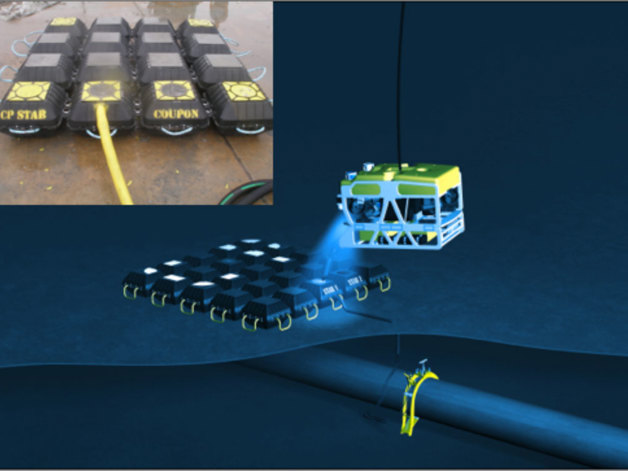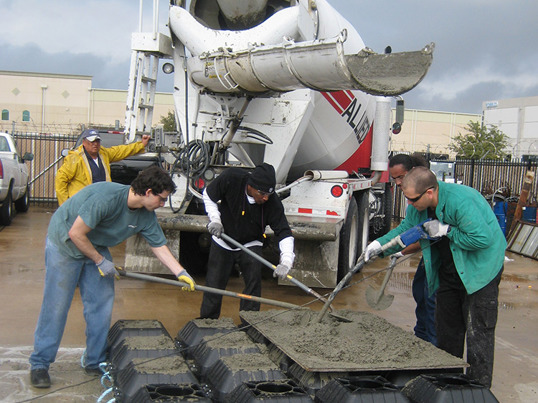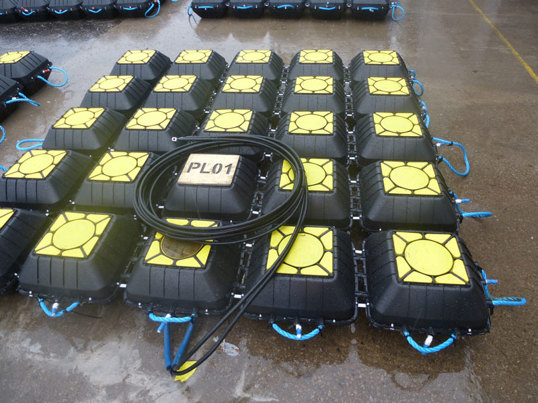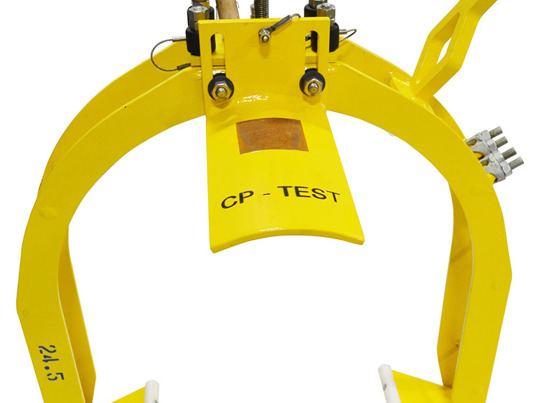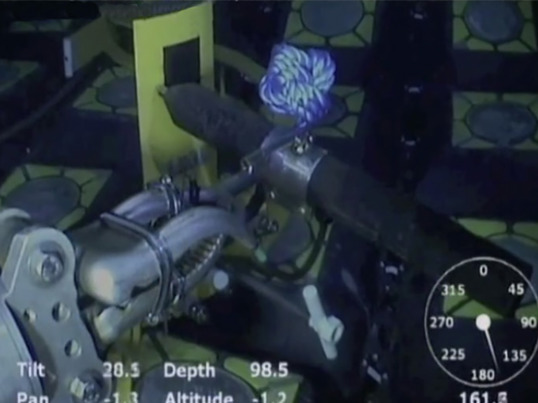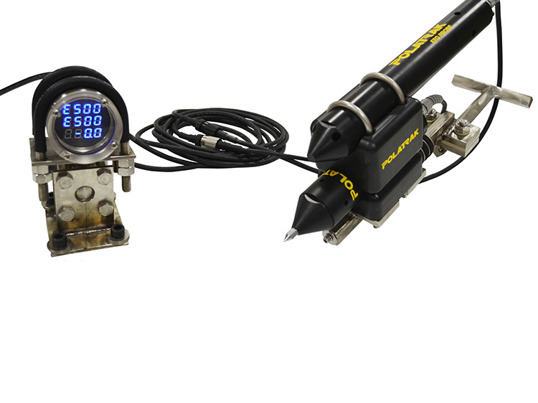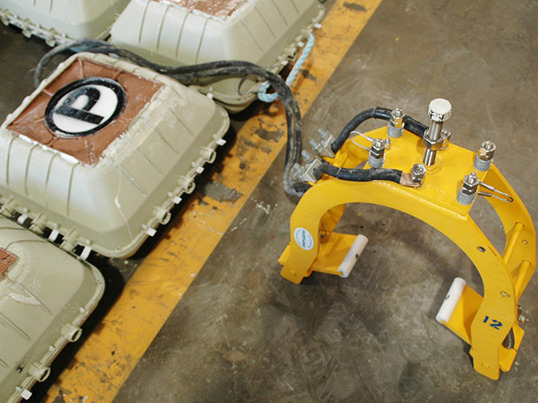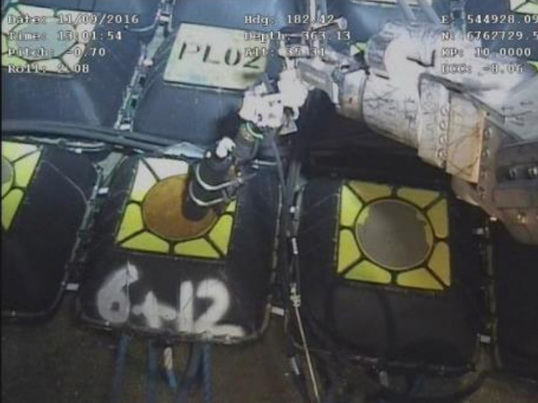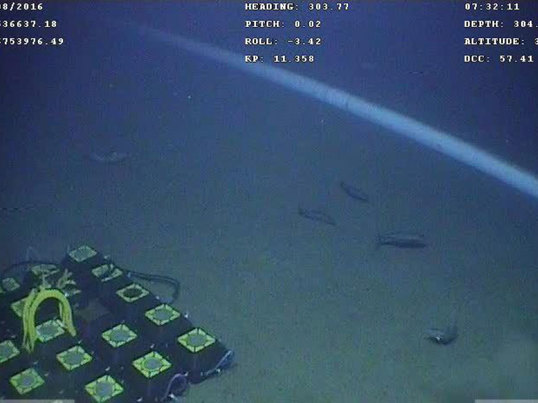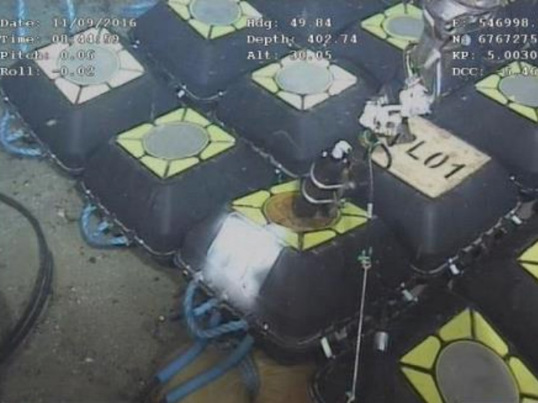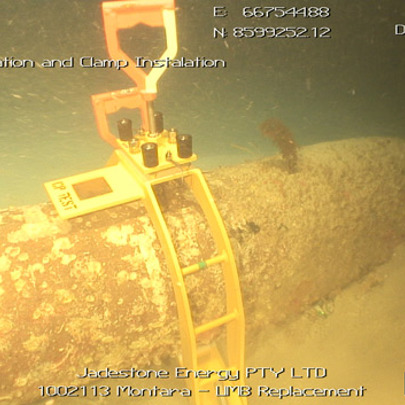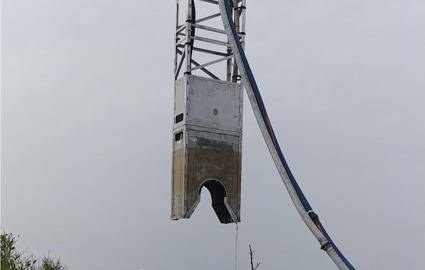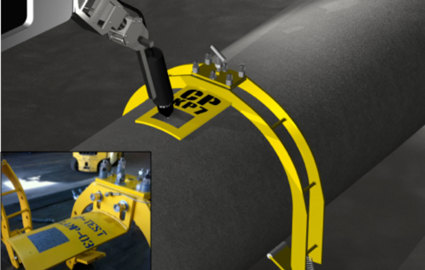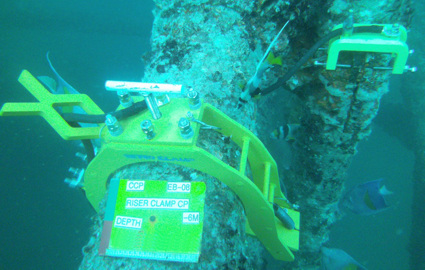CP test stations
Deepwater's CP test stations are the most cost-effective method for gathering accurate pipeline readings. There are options for buried and unburied subsea pipelines.
The most common method of evaluating the cathodic protection of subsea pipelines is the three-electrode survey method, which has not proved very reliable in practice. Its accuracy hinges on the operator's ability to consistently maintain an extremely close distance (50mm) between the pipeline and the electric field gradient probe as the boat follows the pipeline's path. This method also requires stabbing the pipeline or bracelet anode about every 5Km to ensure that the readings are still properly calibrated. But bracelets rarely reflect the pipelines' true potentials, and maintaining close distances over buried pipelines can be virtually impossible.
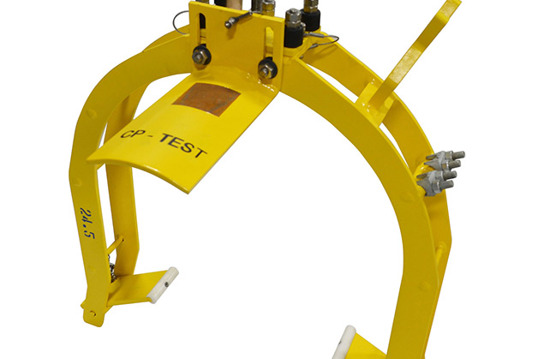

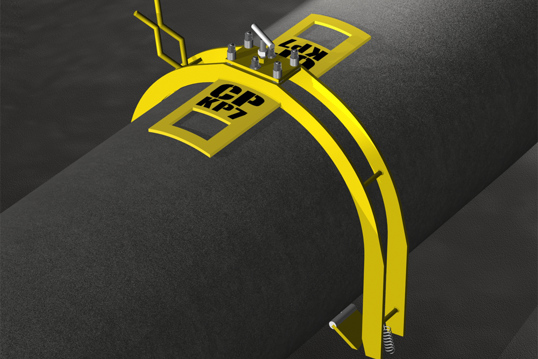
For unburied pipelines
Deepwater has developed a far more accurate and cost-effective survey method with its CP test stations.
On unburied pipelines, RetroClamps fitted with special stab plates are attached around every 10 Km, allowing an ROV to take a stab reading of the pipeline's real potential and not that of the anode's. The clamp is electrically connected to the pipeline, and a freely-corroding "coupon" on it draws protection from the CP system. Stabbing the coupon yields an accurate potential reading without damaging the pipeline's coating.
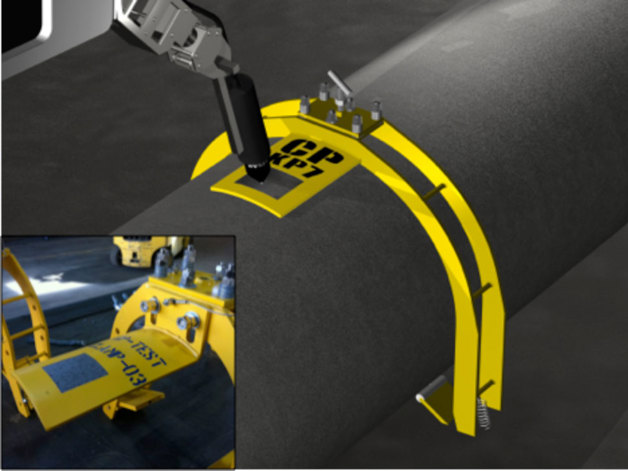
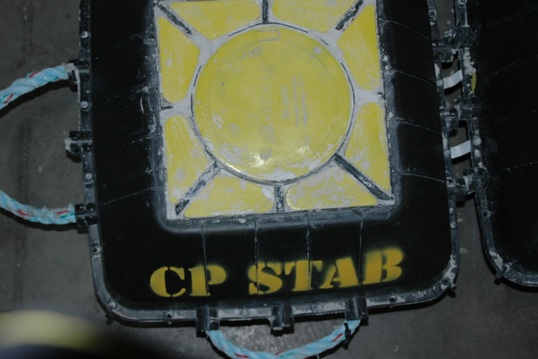
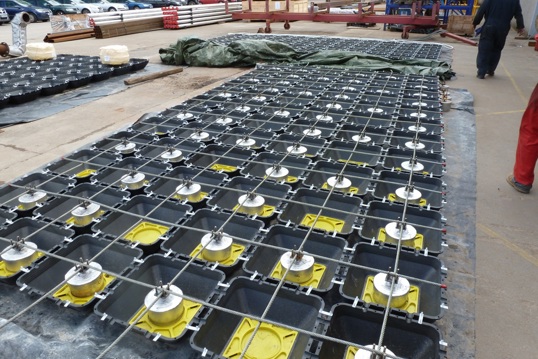
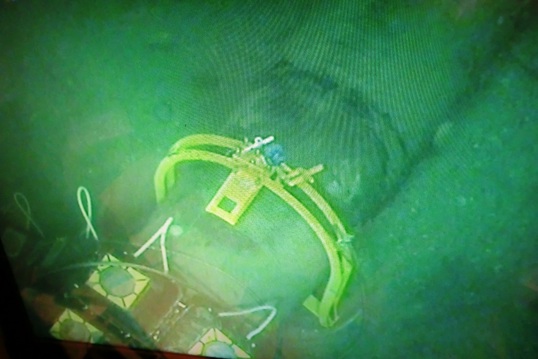
Deepwater has developed an AUV-friendly fixed test station using our patented SunStation™ technology.
The same test stations currently used for ROV interrogation can be fitted with a buoyant readout unit powered by the lights of the ROV or AUV to read the CP via a permanent reference electrode mounted on the RetroClamp™ attached to the pipeline. See the video below for more information.
Video: Subsea Pipeline CP Test Station for AUVs
For buried pipelines
For buried pipelines, Deepwater's RetroMat™ is used as a test station.
The RetroMat™, fitted with stab plates and coupons, is laid on the seabed and is electrically attached to the buried pipeline using a RetroClamp™. CP readings can be easily taken from the mat's stab surface by the ROV's probe, resulting in far more accurate readings than the three-electrode method can provide.
